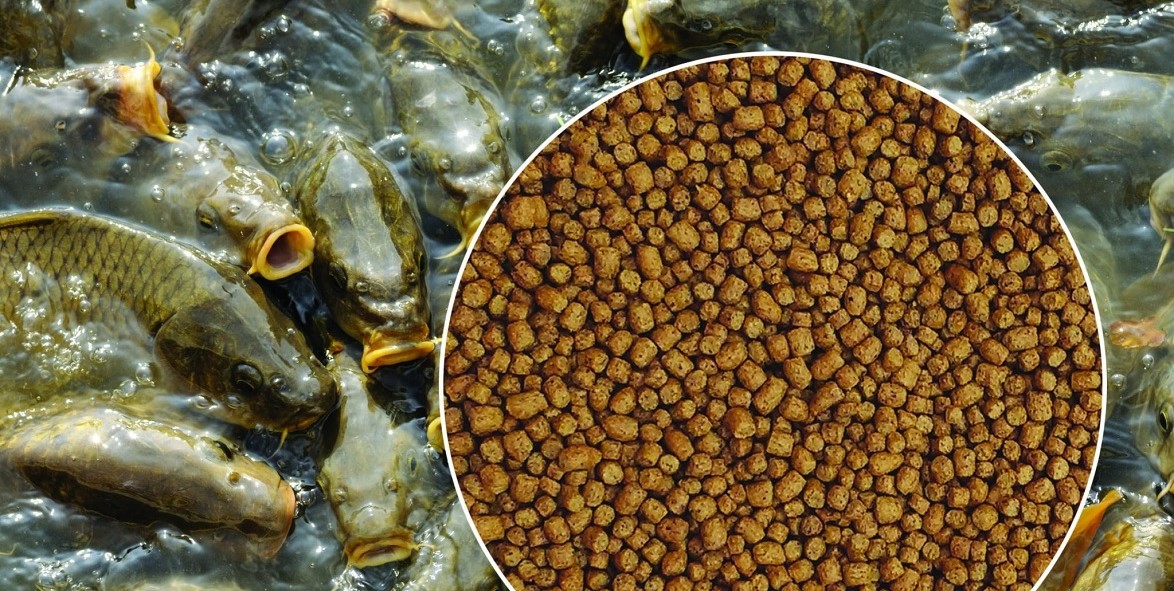WASTE MANAGEMENT

Organic waste to fish and poultry feed
Market
| Final Products | Worms that can be eaten by fish and poultry |
| Required Inputs | Organic waste in general (food waste in specific) from households, touristic facilities, and restaurants and Black Soldier Fly Larvae |
| Competing Products | Pelleted fish food, pelleted poultry food, corn |
Process
| Complexity – Type of Process | Bio-digestion of organic waste |
| Technology | Organic waste processing with Black Soldier Fly Larvae |
| Equipment and Material | Worms’ hatcheries, Grub tubs, and collection buckets |
| Human Resources | Manual labor, technical specialist |
Advantages and Risks
| Competitive Advantage | High protein content; easily scalable (modular) |
| Barriers to Entry | High competition from large private and public animal feed industries |
| Key Stakeholders | Farmers, agriculture directorate, research centers, traders, extension services |
| Special Regulations | NA |
| Risks and Mitigation Measures | Lack of market awareness and quality control Mitigation measures are using promotional tools and co-selling/branding and hiring technical experts |
Economic Features
| Revenue Stream | Sales of worms |
| CAPEX |
The inputs and technology would cost an average of 228K EGP Note: This CAPEX represents the indicative investment size, however, this investment opportunity can grow in implementation to a larger-sized investment. |
| Investment Size | Micro (less than 500K EGP) |
Geography
| Location of Supply | Across Egypt |
| Preferred operation regions |
Nearly all over Egypt except for inside urban cities where no place for processing organic waste |
Studies
| Serial | File name | Download |
| 1 | 19 Business Opportunities Economic Business Models in Egypt's Recycling Sector for Startups and SMEs_booklet |
